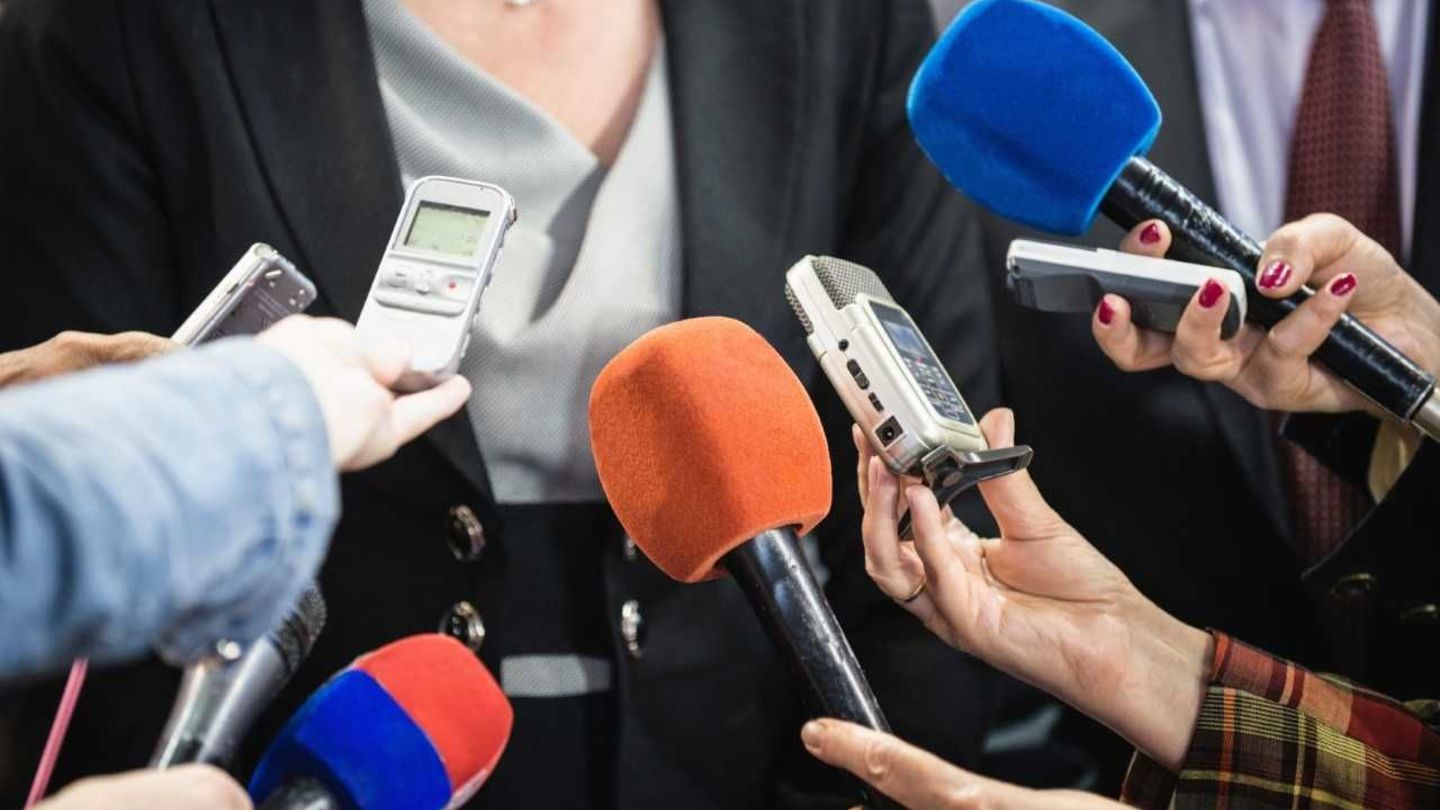
By: Nick Santangelo
According to the old rules of reporting, journalists are supposed to be objective. But during an Intellectual Heritage and First Year Writing event last Thursday, students wanted to know if female journalists unintentionally revert to male-centric standards.
New York Times journalist Maya Salam was visiting Morgan Hall to respond to this and other questions about gender and media from College of Liberal Arts (CLA) students. Her visit was part of Intellectual Heritage's 2018-2019 theme, Troubling Genders, which includes a film series, art exhibit in Anderson Hall and a #MeToo talk from Pulitzer Prize-winning journalist Jodi Kantor.
On Thursday, Salam spoke about her early days as a journalist when she learned that there are well-established standards for doing the job. Those standards, which she was taught never to deviate from, were all created by men.
For instance, the news industry used "he" as the standard generic pronoun basically since the industry's inception. The Times, however, now tries to write around that and also carefully consider titles like Mr./Mrs./Ms. because of transgender and non-binary genders. Salam pointed out that that's not to say that men's perspectives matter less. Rather, the goal should be for all genders to receive equal treatment.
"We're trying to create some sense of equality in an institution that has been so dominated by male perspectives," explained Salam, "but male perspectives are just as important as anyone else's story."
Finding male perspectives to include in news reports has never been an issue, though. One study found Times reporters quoted male sources four times as much as female sources. Even female reporters quoted males twice as often as males. Part of that is just because there are so many men in positions of power in politics, business, sports, etc. That prompted one CLA student to ask if it's possible to find enough female sources for stories.
We're trying to create some sense of equality
Salam insisted that there are plenty of female experts. Even if a given industry's experts are only 20 percent female, she argued, that's still plenty of opinions to draw on. Journalists just need to be more deliberative in seeking out diverse genders (and ethnicities) and not relying on the same sources they have for years just because they are readily available.
What is and is not readily available is another topic several students took an interest in, asking Salam how algorithms are affecting what stories people read.
"It is a problem," she admitted. "I feel like the hierarchy thing is a big deal because when space is equal then it seems like everything is equal and it's up to the reader to decide what's important."
Unlike with genders, some stories actually are more important than others. At least, the media believes they should be, but publications lose their ability to tell readers what's more and less important when the majority of readers are directed by social media and search engine algorithms.
One topic that will certainly be important in the year and a half ahead is 2020 election coverage. Students wondered if things should be different given how Hillary Clinton and Donald Trump were covered during the 2016 election cycle. Salam agreed that it was fair to question the nature of that coverage and that the Times and other publications need to think long and hard about how best to cover 2020 candidates.
Whether it's covering elections, using the right pronoun or relying on sources of all genders, however, Salam said it's a matter of always trying to do better than yesterday.
"I think all media is trying to incorporate progress into their reporting. And it's talked about at the highest levels of the Times to represent balanced journalism."
